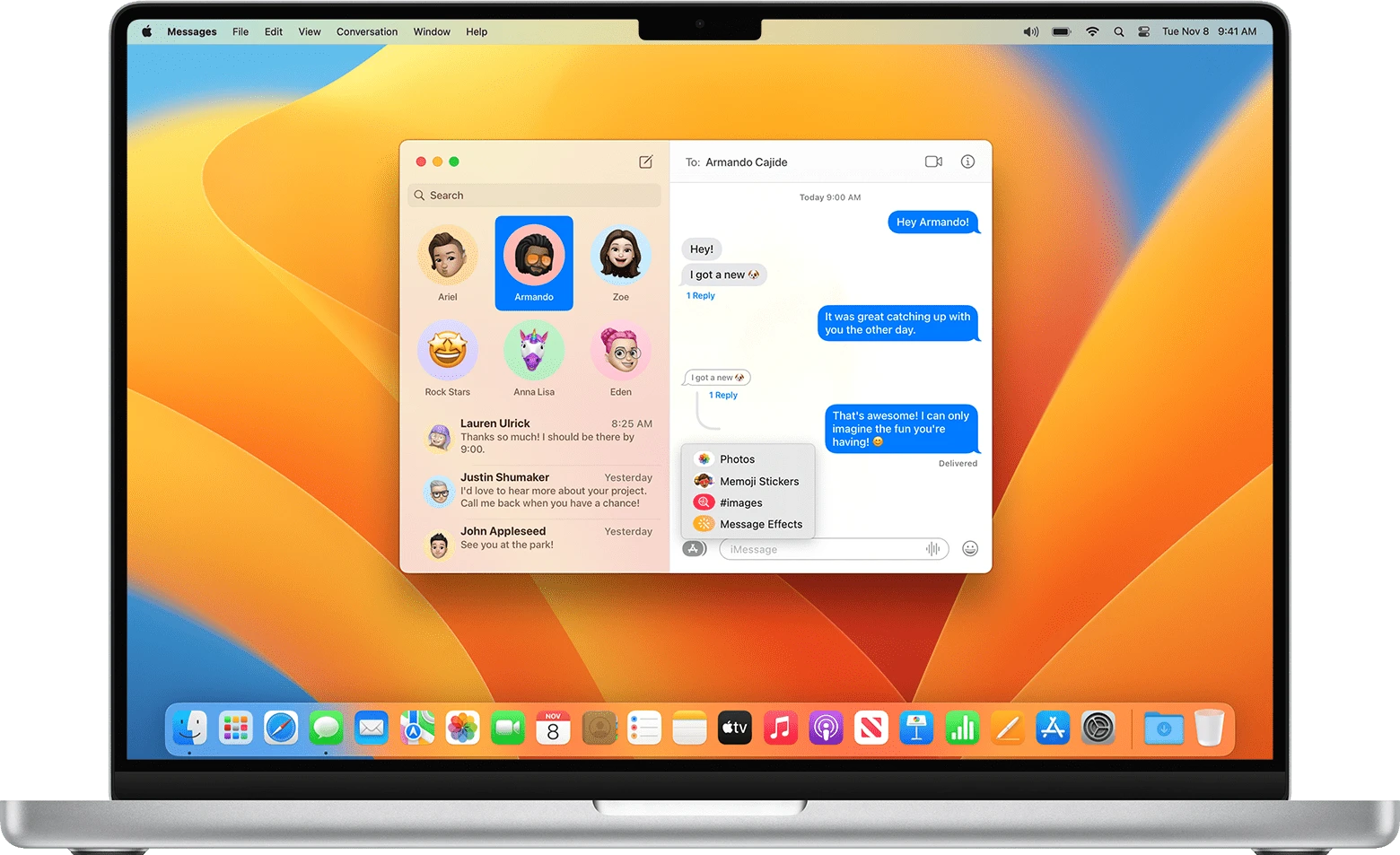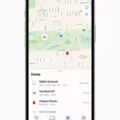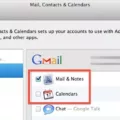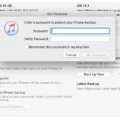If you’re experiencing issues with your MacBook’s Messages app not opening, don’t worry – you’re not alone. Many users have encountered this problem, but luckily, there are several troubleshooting steps you can take to resolve it. In this article, we’ll walk you through some of the most effective solutions to get your Messages app up and running again.
1. Force Quit Messages App:
The first step is to force quit the Messages app. This can be done by pressing the Option, Command, and Esc (Escape) keys simultaneously. Alternatively, you can click the Apple menu, select Force Quit, and then choose Messages from the list. Click the blue Force Quit button to close the app forcefully.
2. Clear Messages App Cache:
After force-quitting, it’s a good idea to clear the app’s cache data. To do this, open the Messages app menu by going to Settings > Apps & notifications > App info > Messages. Once there, select Storage & cache and tap on Clear Cache. This will remove any temporary data that may be causing the app to malfunction.
3. Check Internet Connection:
Make sure you have a stable internet connection before attempting to open the Messages app. iMessage requires a data connection, so ensure you have 3G, 4G, or 5G available, or a reliable WiFi signal. You can test your connection by performing a quick search in Safari to see if you can access the web.
4. Disable Messages in iCloud:
If you’ve enabled Messages in iCloud, try disabling it and then signing out of your account. To do this, go to Messages > Preferences > iMessage, turn off “Enable Messages in iCloud,” and click “Sign Out.” Close the Messages app without signing back in. This step may help resolve any syncing issues that could be preventing the app from opening.
5. Empty the Bin:
Sometimes, the Messages app may fail to open if there are corrupted or conflicting files in the Trash. Emptying the Bin can help resolve this issue. Right-click on the Trash icon in your Dock and select “Empty Trash.” This will permanently delete any files in the Trash.
By following these troubleshooting steps, you should be able to resolve the issue of your MacBook’s Messages app not opening. If the problem persists, you may consider contacting Apple Support for further assistance.
Remember, technology can be unpredictable, and software glitches can occur. However, with a little patience and these troubleshooting methods, you should be able to get your Messages app back to its normal functioning.

How Do You Fix Messages Not Opening On Your Mac?
To resolve the issue of Messages not opening on your Mac, you can try the following steps:
1. Force Quit Messages: Press the Option, Command, and Esc keys together to open the Force Quit window. Alternatively, click the Apple menu and select Force Quit. In the Force Quit window, select Messages and click the blue Force Quit button.
2. Restart your Mac: Sometimes, a simple restart can fix software glitches. Click the Apple menu and select Restart. Once your Mac has restarted, try opening Messages again to see if the issue is resolved.
3. Update macOS: It’s important to keep your operating system up to date, as updates often include bug fixes. Click the Apple menu, select System Preferences, and then choose Software Update. If any updates are available, click the Update Now button and follow the on-screen instructions. After the update is complete, try opening Messages again.
4. Reset Messages: If the problem persists, you can try resetting the Messages app. To do this, open Finder and click on the “Go” menu. Select “Go to Folder” and enter “~/Library/Preferences/”. Look for the file named “com.apple.iChat.plist” and move it to the trash. Then, restart your Mac and try opening Messages again.
5. Check your internet connection: Ensure that your Mac is connected to the internet and that the connection is stable. If you’re using Wi-Fi, try restarting your router or connecting to a different network to see if that resolves the issue.
If none of these steps work, you may need to seek further assistance from Apple Support or consider reinstalling macOS.
Why is Your iMessage Suddenly Not Working?
There could be several reasons why your iMessage is suddenly not working. Here are some possible causes to consider:
1. Limited or no internet connection: iMessage requires a data connection to send messages. Ensure that you have a stable internet connection, either through cellular data (3G, 4G, or 5G) or a reliable Wi-Fi network. Check if you can access the web by opening Safari and performing a search.
2. Server issues: Sometimes, iMessage may experience temporary server problems, which can cause disruptions in its functionality. You can check Apple’s system status page to see if there are any reported issues with iMessage. If there are, you may need to wait for the problem to be resolved.
3. Incorrect settings: Verify that your iMessage settings are correctly configured on your device. Open the Settings app, tap on “Messages,” and ensure that the iMessage toggle is enabled. Additionally, check that your Apple ID is signed in correctly under the “Send & Receive” section.
4. Outdated software: Ensure that your device’s operating system and the Messages app are up to date. Updates often include bug fixes and improvements that can resolve issues with iMessage. Go to the Settings app, tap on “General,” and then select “Software Update” to check for any available updates.
5. Blocked contacts: If you are unable to send iMessages to a specific contact, make sure they have not blocked you. Similarly, ensure that you haven’t accidentally blocked the contact in question. Go to the Messages app, open the conversation, and check if there’s a “Blocked” label under the contact’s name. If so, unblock the contact or ask them to unblock you.
6. Network restrictions: In some cases, network restrictions imposed by your carrier or Wi-Fi network provider can prevent iMessage from working correctly. Try using iMessage on a different network or contact your service provider to inquire about any potential restrictions.
If none of these solutions resolve the issue, you may need to contact Apple support for further assistance.
How Do You Reset Your Messages App On Your Mac?
To reset the Messages app on your Mac, you can follow these steps:
1. Open the Messages app on your Mac.
2. Go to the “Preferences” menu by clicking on “Messages” in the top menu bar and selecting “Preferences”.
3. In the Preferences window, click on the “iMessage” tab.
4. To disable the synchronization of messages with iCloud, uncheck the box next to “Enable Messages in iCloud”.
5. Once you’ve disabled Messages in iCloud, click on the “Sign Out” button.
6. After signing out, close the Messages app completely. You can do this by either clicking on the red “X” button in the top left corner of the window or using the keyboard shortcut Command + Q.
7. it’s a good idea to empty the Trash on your Mac to ensure that any residual data or files associated with the Messages app are completely removed.
By following these steps, you will effectively reset the Messages app on your Mac, allowing you to start fresh or troubleshoot any issues you may be experiencing.
Conclusion
If you are experiencing issues with the Messages app on your MacBook not opening, there are several steps you can take to troubleshoot the problem. First, try force-closing the app by pressing Option, Command, and Esc keys together or using the Force Quit option in the Apple menu. If that doesn’t work, clear the Messages app cache by going to Settings > Apps & notifications > App info > Messages, then selecting Storage & cache and tapping Clear Cache.
It’s also important to ensure that you have a stable internet connection, whether it’s through 3G, 4G, or WiFi. Without a data connection, iMessage won’t be able to send or receive messages. You can check your connection by performing a quick search in Safari.
If the issue persists, you can try signing out of iMessage by going to Messages->Preferences->iMessage, turning off “Enable Messages in iCloud,” and clicking “Sign Out.” After signing out, close the Messages app and empty the Bin.
By following these steps, you should be able to resolve the issue and get the Messages app on your MacBook working correctly again.













